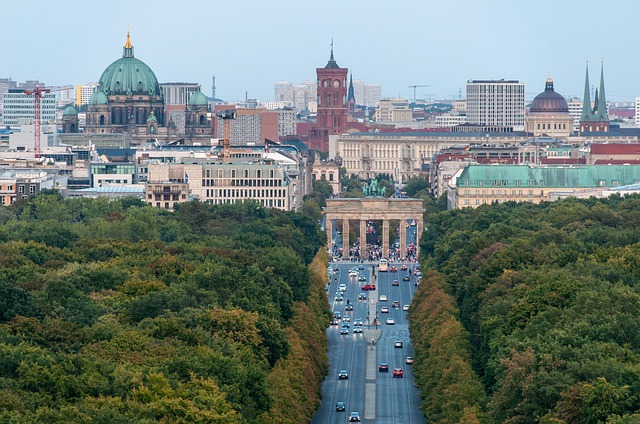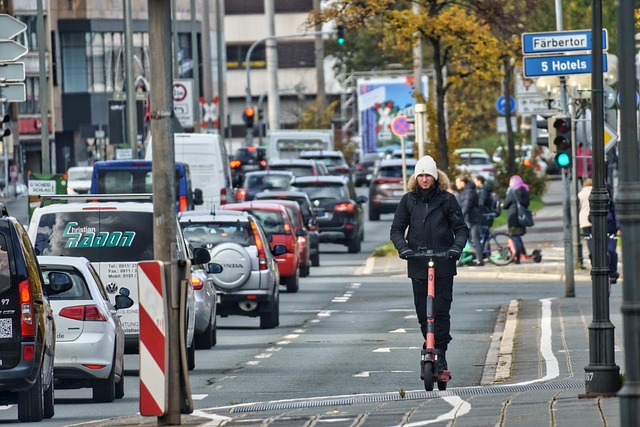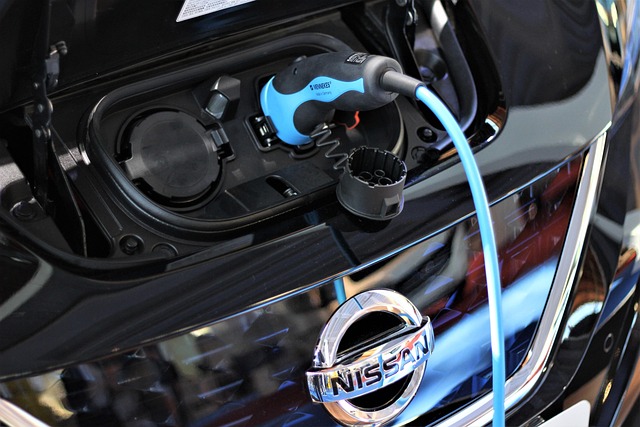In recent years, the conversation around sustainable transport has gained momentum, particularly when it comes to redefining how we navigate our rural landscapes. One innovative approach that holds considerable promise is the implementation of controlled traffic routes. These routes not only aim to enhance transport sustainability but also play a pivotal role in fostering rural development, creating a more cohesive connection between communities and their environment.
Transport sustainability emphasizes the need to reduce our carbon footprint while maintaining efficient transportation systems. In rural areas, transportation often relies on fossil fuels and outdated infrastructure, leading to environmental degradation and economic disparity. By shifting towards controlled traffic routes, we can mitigate these issues. Such routes allow for optimized vehicle flow, reduce congestion, and lower emissions, making for cleaner air and healthier communities.
Imagine a rural town where heavy vehicles are rerouted away from small streets, allowing for quieter neighborhoods and safer environments for pedestrians and cyclists. Implementing controlled traffic routes can lead to a significant reduction in road wear and tear, thus lowering maintenance costs for local authorities. Resources can be redirected towards vital community projects, fueling rural development and enhancing overall quality of life.
Moreover, controlled traffic routes can improve access to local businesses. As traffic patterns are managed more effectively, consumers are encouraged to explore shops and markets that were previously overlooked. This accessibility can stimulate local economies, providing a much-needed boost to rural areas that often struggle with economic stagnation.
In addition, these routes can be paired with innovative technologies such as traffic monitoring systems that adapt to real-time conditions, making it easier to manage traffic flow and implement solutions promptly. This integration not only supports sustainability but also enhances the quality of life for residents and visitors alike.
As communities begin to understand the multifaceted benefits of controlled traffic routes, the potential for revitalizing rural areas becomes increasingly apparent. With a renewed focus on sustainable transport, we can envision rural regions thriving economically while preserving their natural beauty. Integrating controlled traffic routes into our transport systems paves the way for a future where mobility is efficient, economic growth is fostered, and sustainability is at the forefront of our priorities.
By promoting cooperative initiatives between local governments, businesses, and community members, we can create robust frameworks that utilize controlled traffic routes effectively. The challenge lies in educating and engaging all stakeholders to embrace this change, ensuring that the benefits of sustainable transport ripple through every corner of rural communities.



